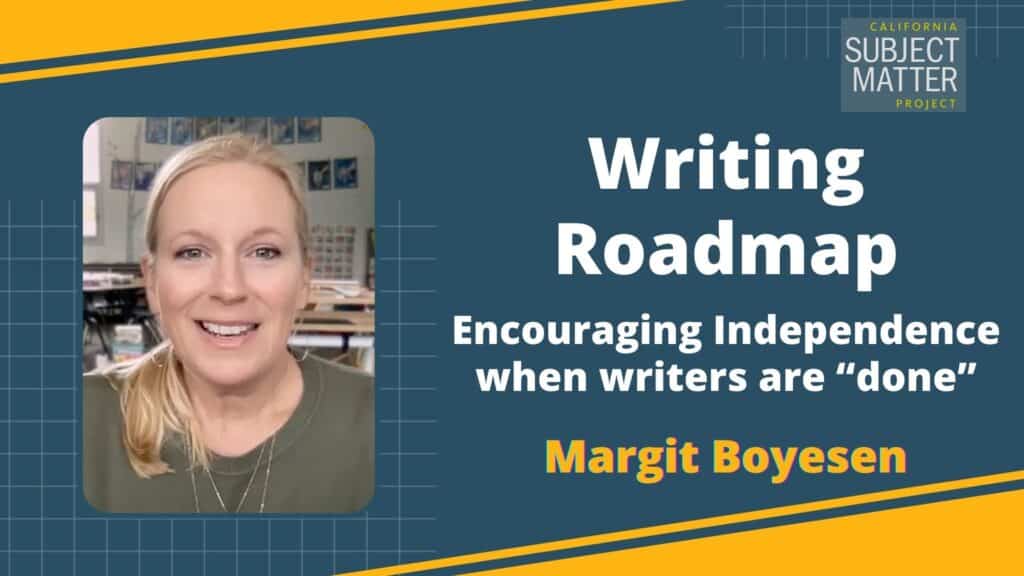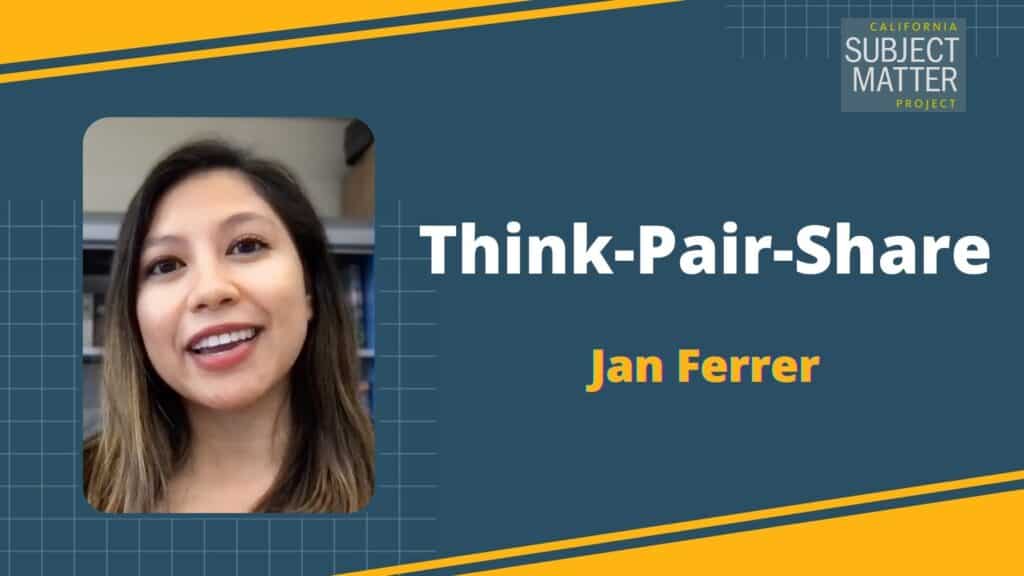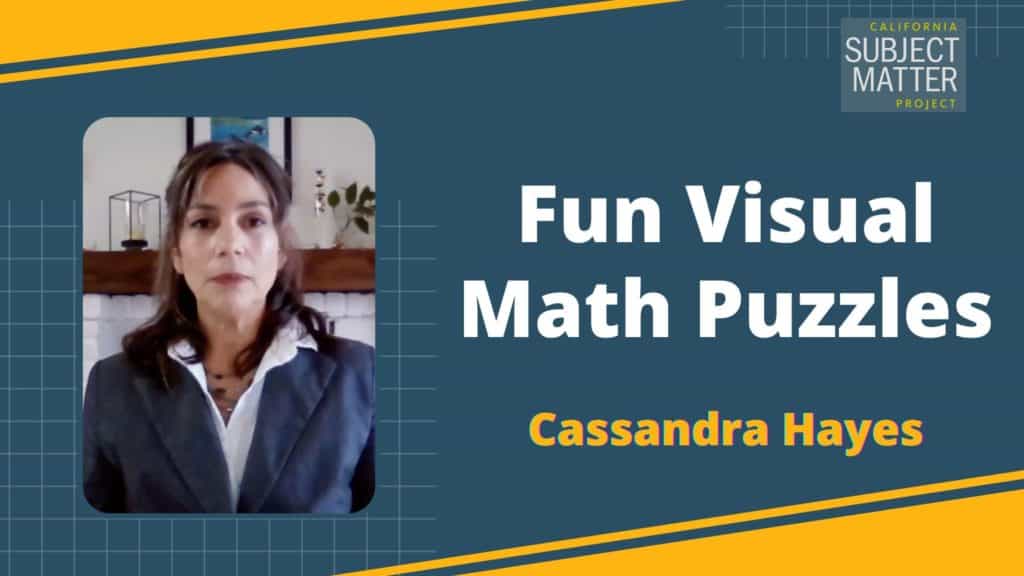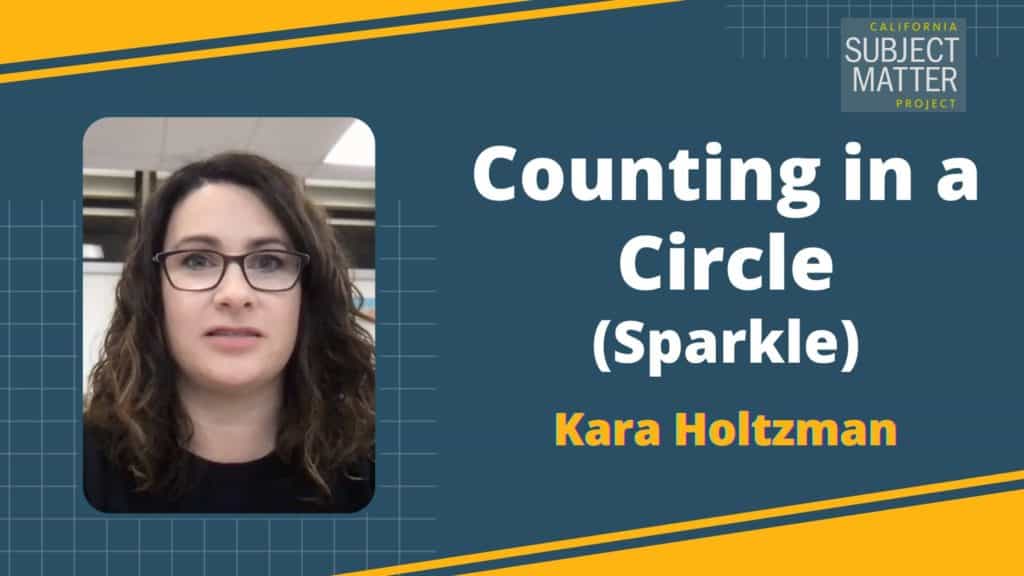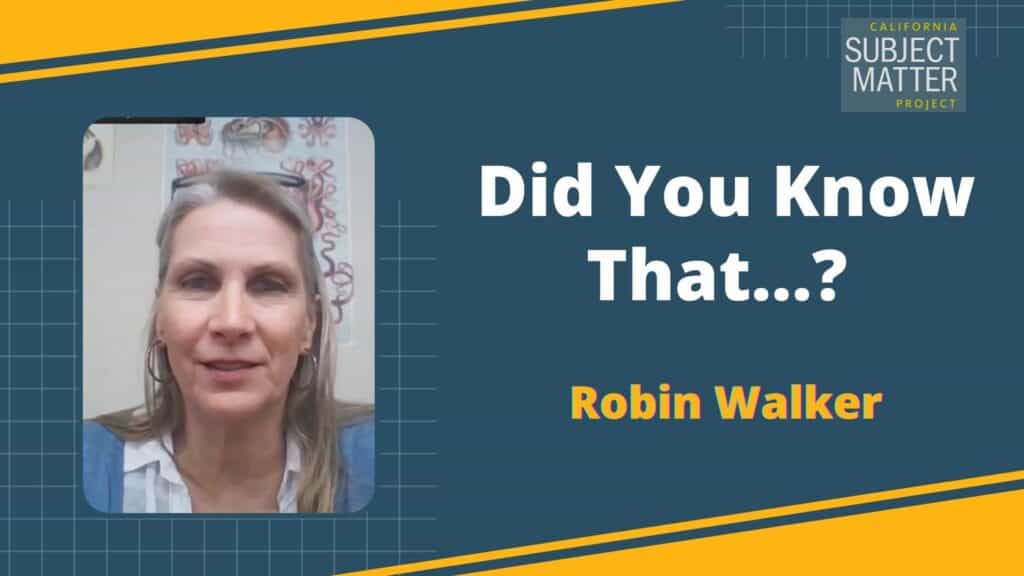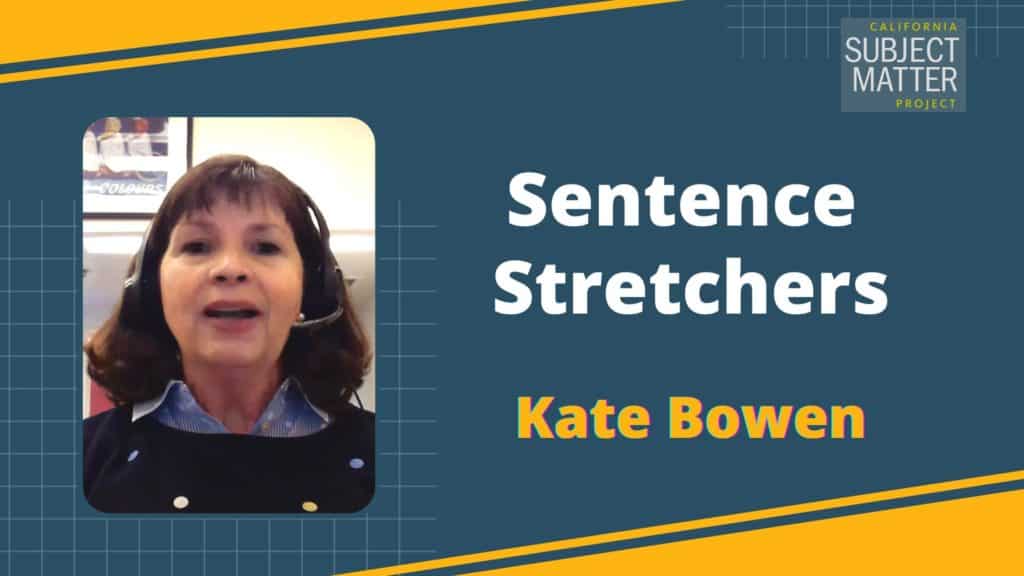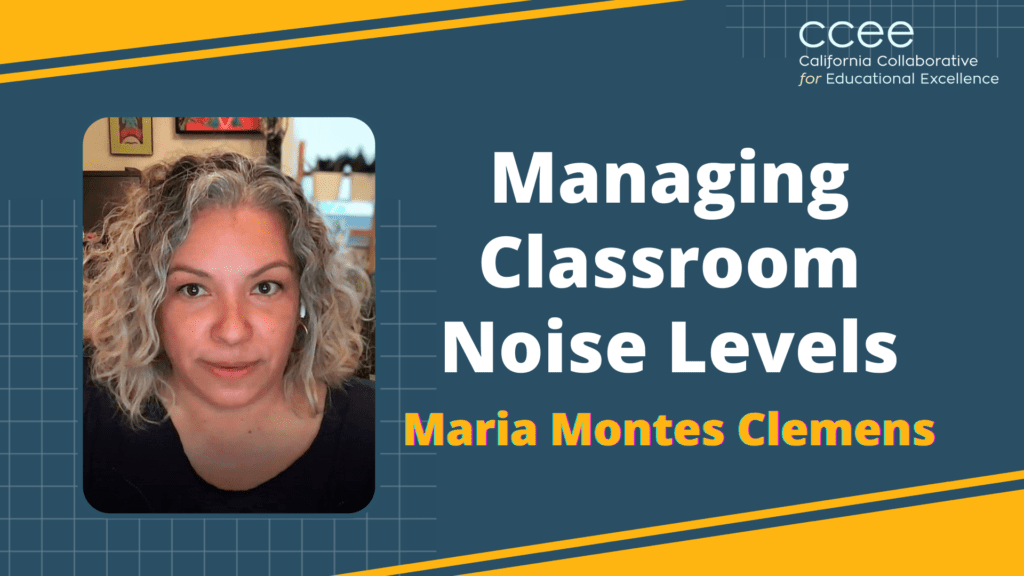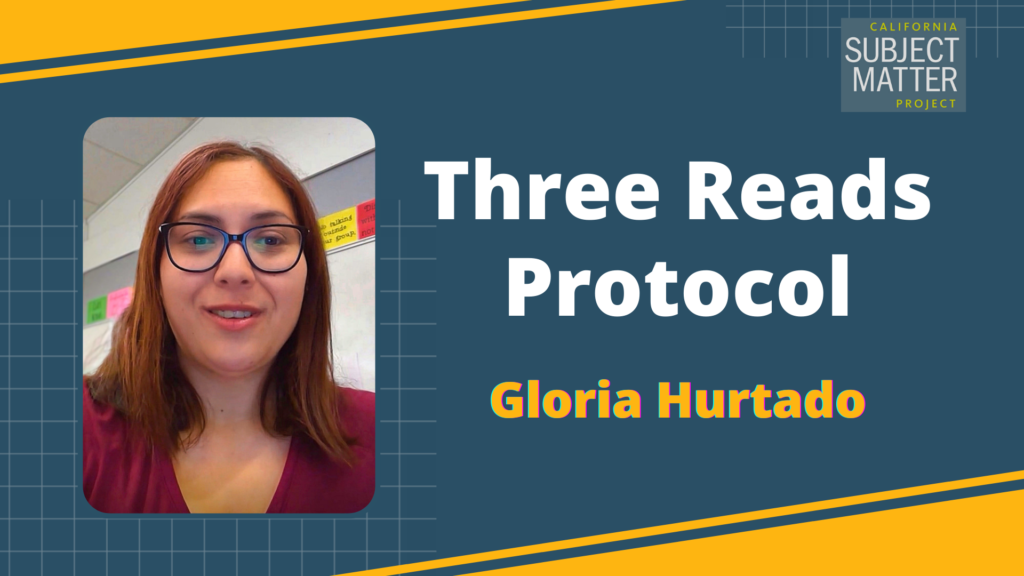The Writing Roadmap
Explore “The Writing Roadmap” with Margit Boyesen, a second-grade teacher from Cardiff Elementary in Cardiff, California. This powerful tool guides students through the writing process, from drafts to revisions. Whether it’s a narrative or a research report, this roadmap ensures students stay on track.

